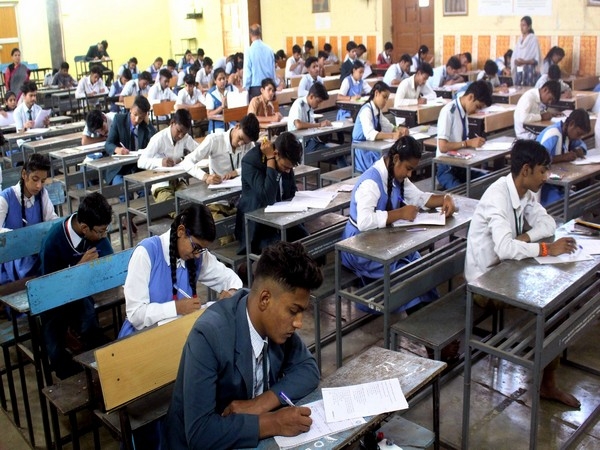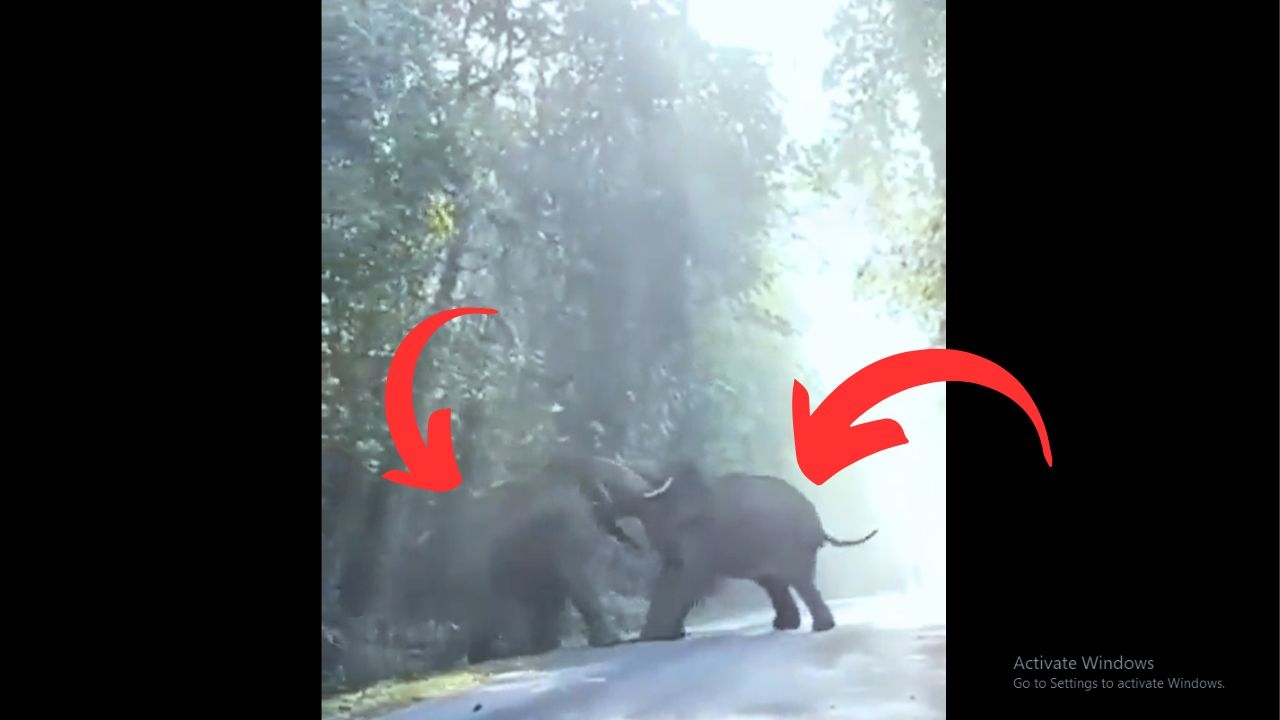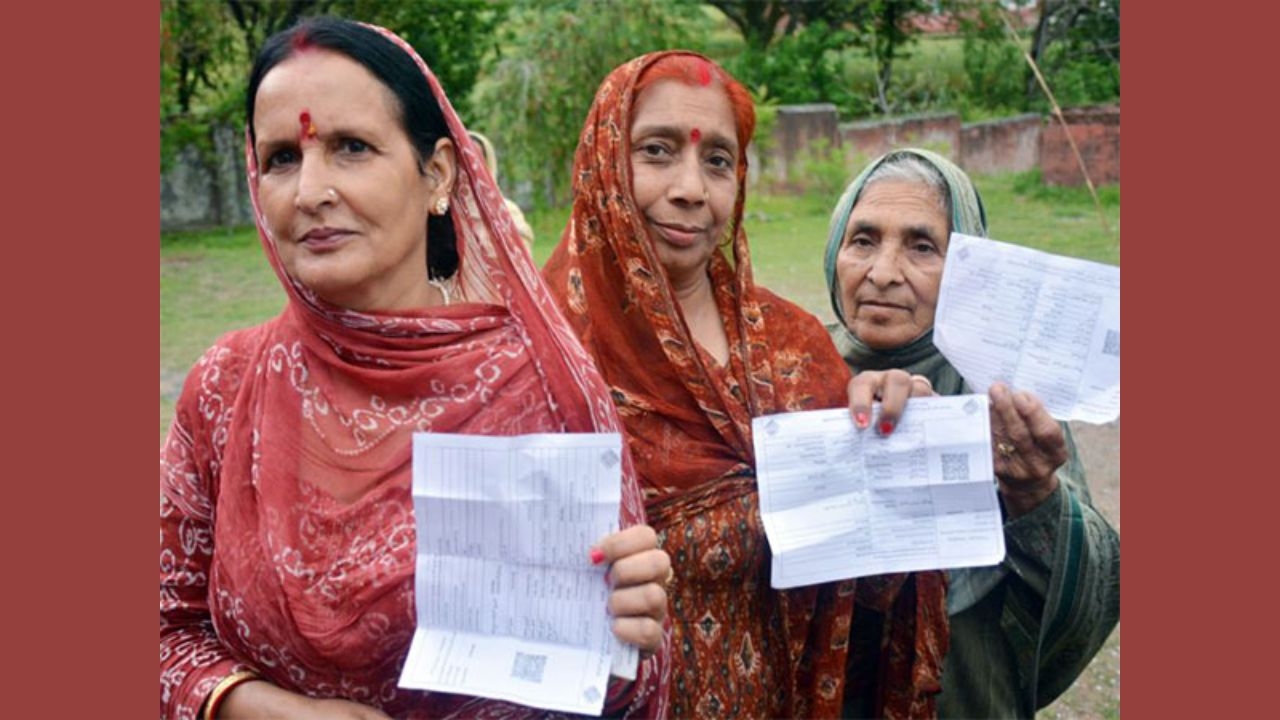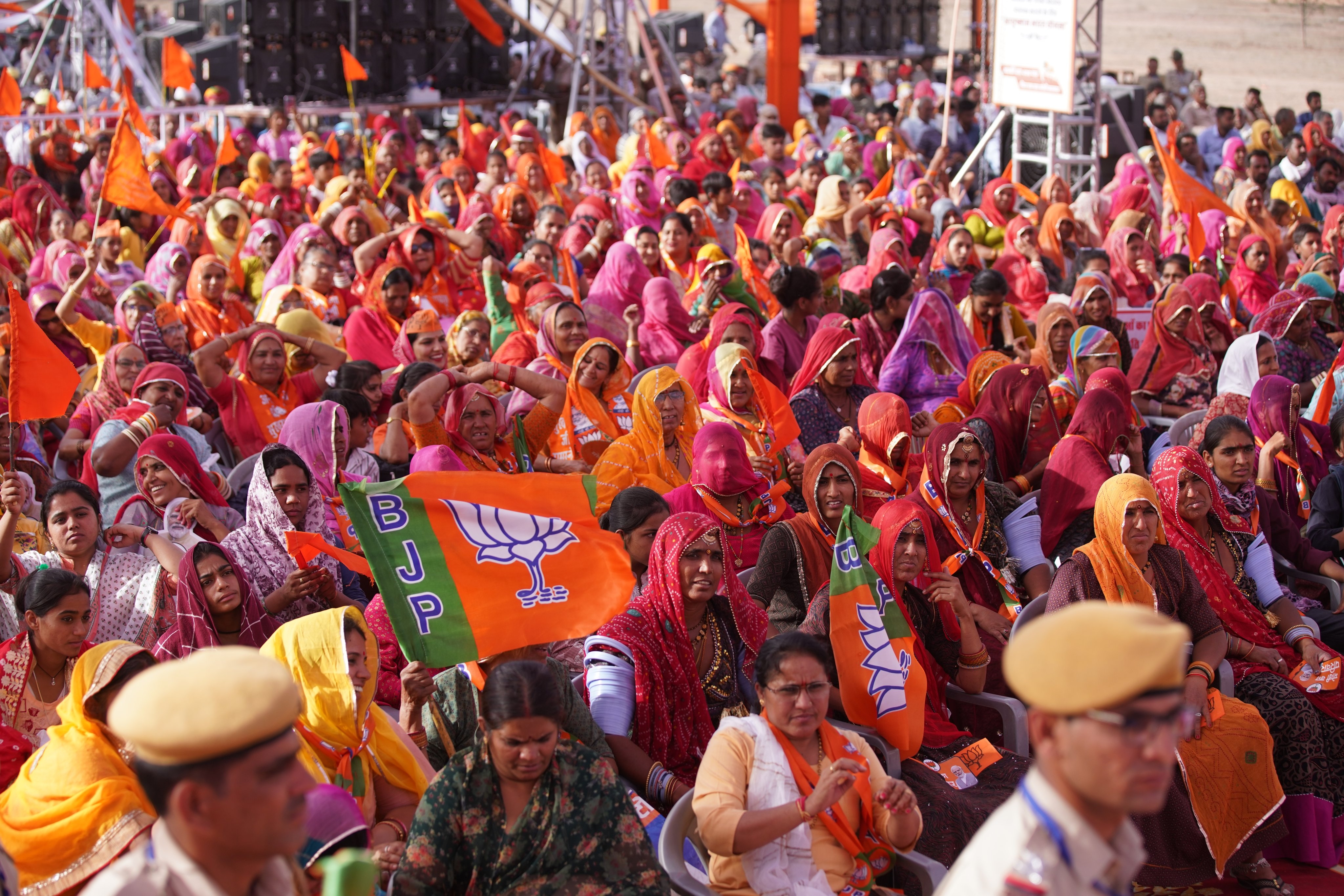Choking the Hurriyat is a power play that denudes the political space in Kashmir
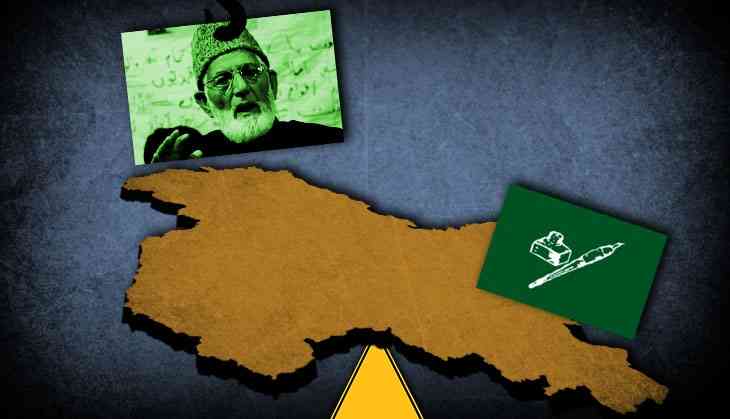
One theme that has stood out in the Government of India’s approach towards the Hurriyat since the inception of the conglomerate is to blow hot and cold on it.
That is, at various points, during the ups and downs of the armed insurgency and its evolution and trajectory, the government intermittently put pressure on the Hurriyat. At times, it even ceded some political space to it.
Of course, both these approaches or, more accurately, techniques, in dealing with the conglomerate appear to have been predicated upon the respective needs of powers that be within the Centre, the permutations and combinations thereof, the overall drift of conditions in Kashmir and contextual conditions, within, without and beyond.
What however stands out - in more senses than one – was that these powers viewed Hurriyat as a player in Kashmir’s politics and perhaps as a grouping that would be an important player when and if a substantive dialogue would be held over the resolution of the conflict in and over Kashmir.
Moreover, a window or a crack in the window was left open for a potential dialogue over Kashmir with Pakistan. All these themes panned out cumulatively during the years 2001-2002.
A change in policy
This appeared to have been a thematic concern across the political spectrum in India. But now, it appears that this policy of ‘selective engagement’ and according any space to the now two groups of the Hurriyat has been comprehensively reviewed.
Credence is lent to this assertion by the pressure put on the Hurriyat and allied political activists. Strangulating Hurriyat does not appear to be the only policy prong of this review; killing militants appears to be another component of this new policy. The powers that be appear to assume that strangulating the Hurriyat and killing as many militants as possible will be the panacea that will resolve the conflict for good.
Conflict resolution
But a strong counter narrative to this policy lies in the domain of history – in general terms- and in the history of conflicts and their resolution.
Conflicts do not emerge in a vacuum. There is invariably a context - a backdrop and a set of reasons for conflicts. Context, specific reasons peculiar to a conflict, and approaches employed to deal with conflicts create what may be called historical memory of a people; a collective consciousness which is usually structured by the conflict.
These in turn determine the emotional and psychic universe of a people caught in the crucible of a particular conflict. This is the causal loop that determines the tenor, trajectory and intensity of a conflict. Initially, it is a conflict condition that, if left unaddressed and to fester, creates conditions for a full on conflict.
Admittedly, a brief delineation of conflict and its trajectory, applies to Kashmir. Recounting or recalling the history of the conflict would amount to the repetition of what is well known in the public domain. But what stands out is whatever or despite the conflict’s various permutations and combinations, ups and downs, ebbs and flows, the underlying conditions which begat the conflict, did not go away.
In fact, it could be said that Kashmir is at an inflection point - psychologically, emotionally, economically, culturally and socially. While the nature of this inflection point is obvious, its evolution and direction lies in the domain of the ‘unknown unknown’.
No one can really know what direction Kashmir takes.
Historically, the nature and thrust of political activists and those associated with the politics of the spectrum that Hurriyat represents has been to illustrate and bring to notice of powers that be their aspirations. This has taken various forms and avatars but implied in this approach was an unhappiness with the status quo and political attempts to resolve the conflict.
In turn, another implication embedded in these approaches was that the form of politics in Kashmir of Hurriyat’s variety was a means to an end: a resolution of the conflict in and over Kashmir.
Illusory realism
But now with a policy review, there are attempts to choke this space. Returning to the theme of conflicts, from a generic perspective, political forms and avatars of conflicts represent deep, underlying realities. Political classes then are mere emanations of these realities. The question is: can choking these emanations change the underlying realities?
The obvious answer is no.
This line of argumentation might sound unpalatable to some but from the point of view of realism, choking political spaces and then drawing connections and linkages with superfluous ideas to snuff these spaces, can only imply pacification and control techniques.
These techniques of power and the teleology of power might sound gratifying; they might win votes but in the final analysis do nothing to address the actual issue(s). To repeat, the historical memory and collective consciousness of Kashmiris is structured by the conflict in and over Kashmir. This dynamic is independent of the form and shape of politics of Kashmir. Tinkering with forms and manifestations, through the techniques of control might yield the illusion of peace but this is an illusion.
Kashmir and its people need and want peace. But this peace can only descend on Kashmir when politicking yields pace to real and substantive politics, which is, in turn, informed by prudent and sagacious statecraft.
Broken down, this means bringing all stakeholders to and in the conflict under the ambit of a conflict resolution paradigm that leads to the good of all - especially the people of Kashmir.
In essence, an approach wherein politics in and over Kashmir is divorced from the teleology of power and power politics thereof would be one that creates a condition of a non zero sum paradigm where all stakeholders enter into a conflict resolution grid that is good for all.
First published: 5 August 2017, 15:29 IST
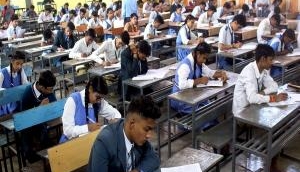
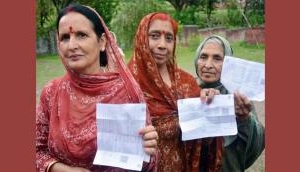
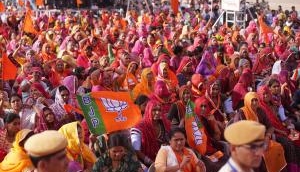

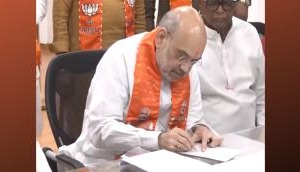
![BJP's Kapil Mishra recreates Shankar Mahadevan’s ‘Breathless’ song to highlight Delhi pollution [WATCH] BJP's Kapil Mishra recreates Shankar Mahadevan’s ‘Breathless’ song to highlight Delhi pollution [WATCH]](http://images.catchnews.com/upload/2022/11/03/kapil-mishra_240884_300x172.png)

![Anupam Kher shares pictures of his toned body on 67th birthday [MUST SEE] Anupam Kher shares pictures of his toned body on 67th birthday [MUST SEE]](http://images.catchnews.com/upload/2022/03/07/Anupam_kher_231145_300x172.jpg)


